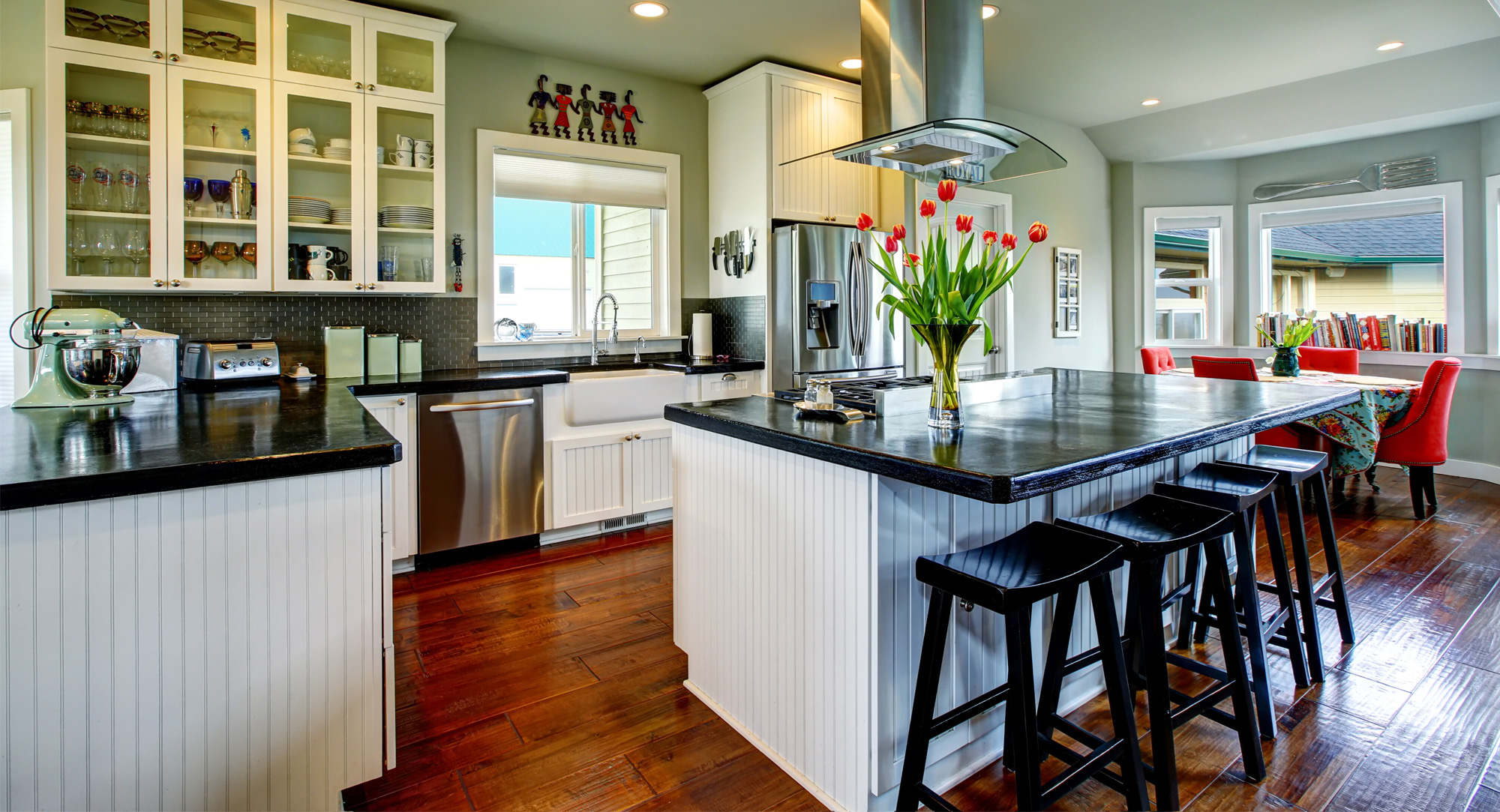
As a landlord or property manager, one of the most significant decisions you'll make is whether to allow tenants to have pets in your rental property. Many landlords are hesitant to allow pets due to concerns about potential damage to the property, noise, and disputes between tenants. However, there are also many benefits to having a pet-friendly rental property. In this article, I will explore the pros and cons of having a pet-friendly rental property, pet policies for rental properties, how to market a pet-friendly rental property, increasing the value of your investment property with pet-friendly amenities, and alternatives to pet-friendly rental properties.
Introduction to Pet-Friendly Rental Properties
According to the American Pet Products Association, 67% of U.S. households own a pet. This means that a significant portion of your potential tenant pool may be pet owners. By allowing pets in your rental property, you open up your property to a larger pool of potential tenants.
Pet-friendly rental properties can also command higher rents and have lower vacancy rates. A study conducted by Apartments.com found that pet-friendly apartments had 20% fewer vacancies than non-pet-friendly apartments. Additionally, pet-friendly rental properties can attract tenants who are willing to pay a premium for pet-friendly amenities, such as dog parks, pet washing stations, and pet-friendly walking trails.
Benefits of Having a Pet-Friendly Rental Property
Allowing pets in your rental property can also lead to happier tenants. Pets are often considered members of the family, and by allowing tenants to keep their pets with them, you are helping them to create a more comfortable home environment. Happy tenants are more likely to renew their lease and recommend your property to others.
Pet-friendly rental properties can also help to create a sense of community among tenants. Tenants with pets often socialize while walking their dogs or at pet-friendly events hosted by the property. This can lead to long-term tenants and a lower turnover rate.
Drawbacks of Having a Pet-Friendly Rental Property
While there are many benefits to having a pet-friendly rental property, there are also some drawbacks to consider. Pets can cause damage to the property, including scratches on hardwood floors, stains on carpets, and damage to walls and doors. Additionally, pets can be noisy, leading to complaints from neighbors and potential disputes between tenants.
Another concern for landlords is liability. If a tenant's pet injures another tenant or a visitor to the property, the landlord may be held liable for any damages or injuries. Landlords should require tenants to carry renters insurance that includes liability coverage for their pets.
Case Studies of Successful Pet-Friendly Rental Properties
One example of a successful pet-friendly rental property is the Jefferson at Marina Del Rey in California. This luxury apartment complex offers a dog park, pet washing station, and pet concierge services. The property has a 93% occupancy rate, and tenants are willing to pay a premium for the pet-friendly amenities.
Another example is the Midtown Green Apartments in North Carolina. This property offers a fenced dog park, a pet spa, and a pet washing station. The property has a 95% occupancy rate and has won several awards for its pet-friendly amenities.
Pet Policies for Rental Properties
When creating a pet policy for your rental property, it's essential to consider the type of pets you will allow, the number of pets allowed, and any breed or weight restrictions. You should also require tenants to provide proof of vaccinations and require them to carry renters insurance that includes liability coverage for their pets.
Your pet policy should also outline the consequences of violating the policy, such as fines or eviction. Finally, you should include a pet addendum to your lease agreement that outlines the terms of the pet policy and requires the tenant to sign and agree to the policy before moving in.
How to Market a Pet-Friendly Rental Property
When marketing a pet-friendly rental property, it's essential to highlight the pet-friendly amenities and policies. You can use social media to showcase photos of the pet-friendly amenities and share information about the pet policy. You can also create a pet-friendly brochure that outlines the pet policy and amenities and distribute it to potential tenants.
Another way to market a pet-friendly rental property is to partner with local pet stores and veterinary clinics. You can offer discounts on rent to their customers, and they can promote your property to their customers.
Considerations for Landlords and Property Managers
Landlords and property managers should consider the additional costs associated with owning a pet-friendly rental property. These costs can include repairs and maintenance related to pet damage, pet-friendly amenities such as dog parks and pet washing stations, and additional cleaning costs.
Landlords should also consider the time and effort required to enforce the pet policy, including conducting pet interviews and enforcing penalties for policy violations. Finally, landlords should consult with their insurance provider to ensure they have adequate coverage for liability related to pet damage or injuries.
Increasing the Value of Your Investment Property with Pet-Friendly Amenities
Pet-friendly amenities can increase the value of your investment property and attract higher-paying tenants. Some popular pet-friendly amenities include dog parks, pet washing stations, and pet-friendly walking trails. These amenities can be added to existing properties or included in new development plans.
Another way to increase the value of your investment property is to partner with local pet stores and veterinary clinics. You can offer discounts on rent to their customers, and they can promote your property to their customers.
Alternatives to Pet-Friendly Rental Properties
If you are not comfortable with allowing pets in your rental property, there are alternative options to consider. One option is to allow pets on a case-by-case basis, requiring tenants to submit an application and meet specific criteria. Another option is to offer pet-friendly amenities, such as dog parks and pet washing stations, without allowing pets in the individual units.
Conclusion
In conclusion, there are many factors to consider when deciding whether to allow pets in your rental property. While there are some drawbacks to having a pet-friendly rental property, the benefits can outweigh the risks. By creating a clear pet policy, marketing your pet-friendly amenities, and partnering with local pet stores and veterinary clinics, you can attract higher-paying tenants and increase the value of your investment property.








